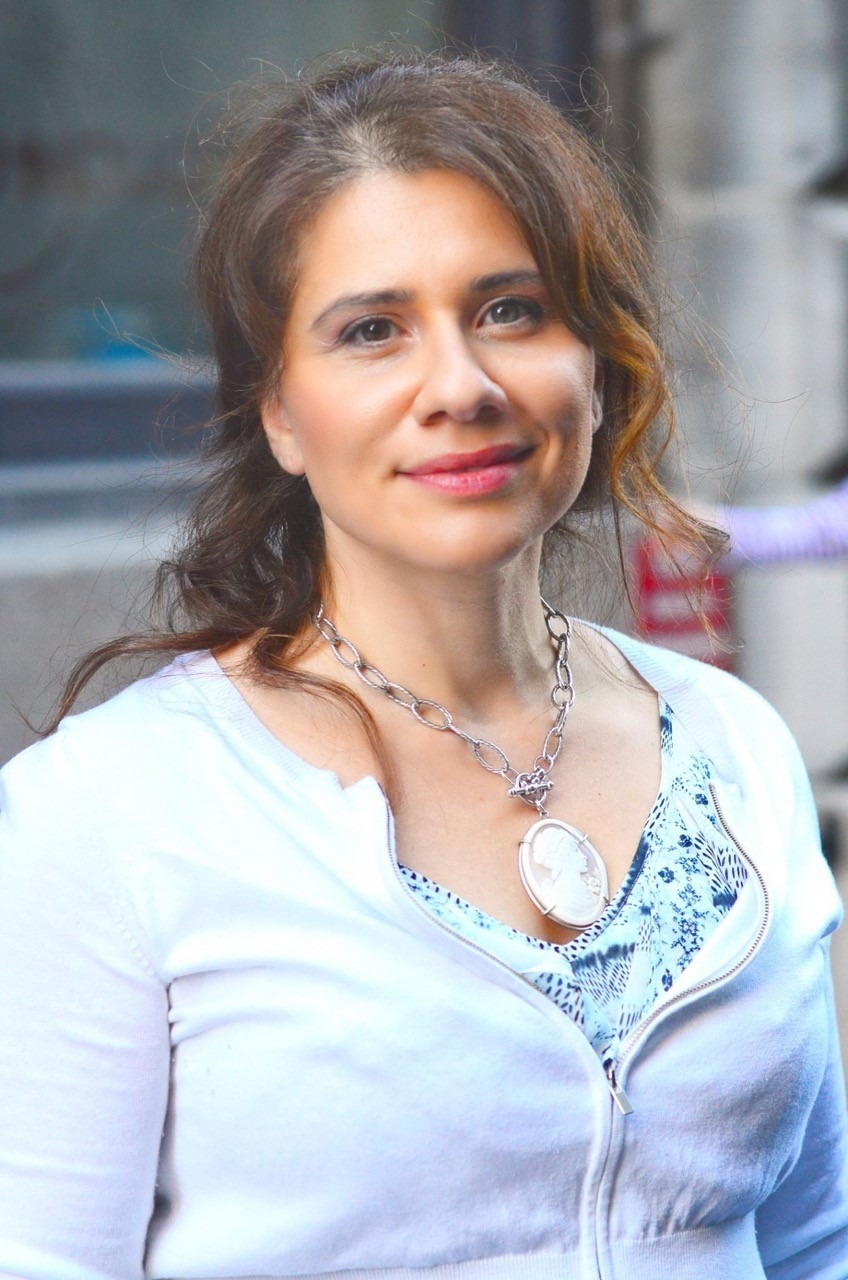
Last May, I had the opportunity to visit Halifax, NS, for the Canadian Association of Geographers conference to present my doctoral work as well as discuss the Canadian Urban Forest Strategy and the activities of our a Research Working Group. Led by Dr. Peter Duinker of Dalhousie University and Dr. John Sinclair, the “Geography of Trees in the City” session dealt with current research in urban forestry by professionals and graduate students. During a discussion, one student participant expressed surprise that a considerable amount of research in school ground greening was being conducted in Canada. This made me think about collaboration and creating better opportunities for sharing our work as researchers and practitioners in unconventional forums, not just outward for the public consumption, but also amongst ourselves and to our students.
Sharing Ideas & Stories
With increased interest in urban forest research and new topics being continually examined, the importance of collaboration in these endeavours is integral to ensure that multiple voices are heard.
By integrating transdisciplinarity into thought leadership during our daily practices, we can begin to see the multi-dimensional opportunities that this can create.
For example, by continually focusing on a high-level, national scope, it can be  easy to lose local voices; stories of successes, challenges, and needs – that can be framed geographically, culturally, and ecologically. Sharing these stories and anecdotes using diverse methods weaves our national heritage and sews together the diverse threads of our urban forest evolution in Canada. Similarly, to date, accounts of urban forestry history in Canada are generally framed through an applied management lens. As we move forward, my hope is that we see improved accounts showcasing the various aspects of the field that integrate the educational, research and community evolution of urban forestry.
easy to lose local voices; stories of successes, challenges, and needs – that can be framed geographically, culturally, and ecologically. Sharing these stories and anecdotes using diverse methods weaves our national heritage and sews together the diverse threads of our urban forest evolution in Canada. Similarly, to date, accounts of urban forestry history in Canada are generally framed through an applied management lens. As we move forward, my hope is that we see improved accounts showcasing the various aspects of the field that integrate the educational, research and community evolution of urban forestry.
One example of how we integrated stories at York University was through the Alternative Campus Tour where we examined the historical and cultural narratives of our campus grounds (e.g. woodlots, gardens, ponds), as a launching point for discussion about broader issues facing society (e.g. development, densification). I had the opportunity to examine the Michael Boyer Woodlot, one of four woodlots on York’s campus. This type of collaborative and action-oriented learning by sharing perspectives, particularly if you do not share the same viewpoints, is important to confront and question our own biases – after all, being uncomfortable once in awhile provides opportunities for growth.
 As part of my work with Tree Canada in directing the Canadian Urban Forest Strategy (CUFS), our current efforts under the Research Working Group (WG3) include developing partnerships with national and international organizations on a variety of projects to tackle urban forestry questions. Some specific tasks this past year have included: delivering the State of Canada’s Municipal Forests report; working with Health Canada on a synthesis paper; compiling an online database of urban forestry resources that we hope to make publicly accessible over the long term; and updating our inventory of municipalities with urban forestry mandates and management plans.
As part of my work with Tree Canada in directing the Canadian Urban Forest Strategy (CUFS), our current efforts under the Research Working Group (WG3) include developing partnerships with national and international organizations on a variety of projects to tackle urban forestry questions. Some specific tasks this past year have included: delivering the State of Canada’s Municipal Forests report; working with Health Canada on a synthesis paper; compiling an online database of urban forestry resources that we hope to make publicly accessible over the long term; and updating our inventory of municipalities with urban forestry mandates and management plans.
Moving Forward
At the next Canadian Urban Forest Conference (CUFC), as one component of the CUFS workshop, we intend to break off into each of the working groups; one of those being the Research group to discuss current trends, needs and future directions that we want to integrate into the CUFS. As the Lead for the Research working group, I’m interested in knowing what is the interest in building a National Centre for Urban Forest Research and welcome feedback and contributions as we move forward. I encourage you to join in our discussion at the CUFC, or send your thoughts directly to me.
Further Reading
If you’re interested in learning more about urban forestry from unconventional perspectives, here are a few suggestions:
- Heynen, N., Kaika, M., & Swyngedouw, E. (Eds.) (2006). In the Nature of Cities: Urban Political Ecology and the Politics of Urban Metabolism. London: Routledge.
- Jones, O., & Cloke, P. (2002). Tree Cultures: The Place of Trees and Trees in Their Place. New York, NY: Oxford.
- Konijnendijk, C. (2008). The Forest and the City: The Cultural Landscape of Urban Woodland. Denmark: Springer.
- Sandberg, L. A., Bardekjian, A., & Butt, S. (Eds.). (2014). Urban Forests, Trees and Greenspace: A Political Ecology Perspective. London: Routledge.
The Canadian Urban Forest Network is one of the systems and tools that is currently being better developed to help produce and share knowledge among communities across Canada. In addition, the Canadian Urban Forest Conference (CUFC) serves to foster dialogue on a variety of topics – the 12th CUFC will be held in Laval, Quebec, from September 26th-29th, 2016.
Back to all articles